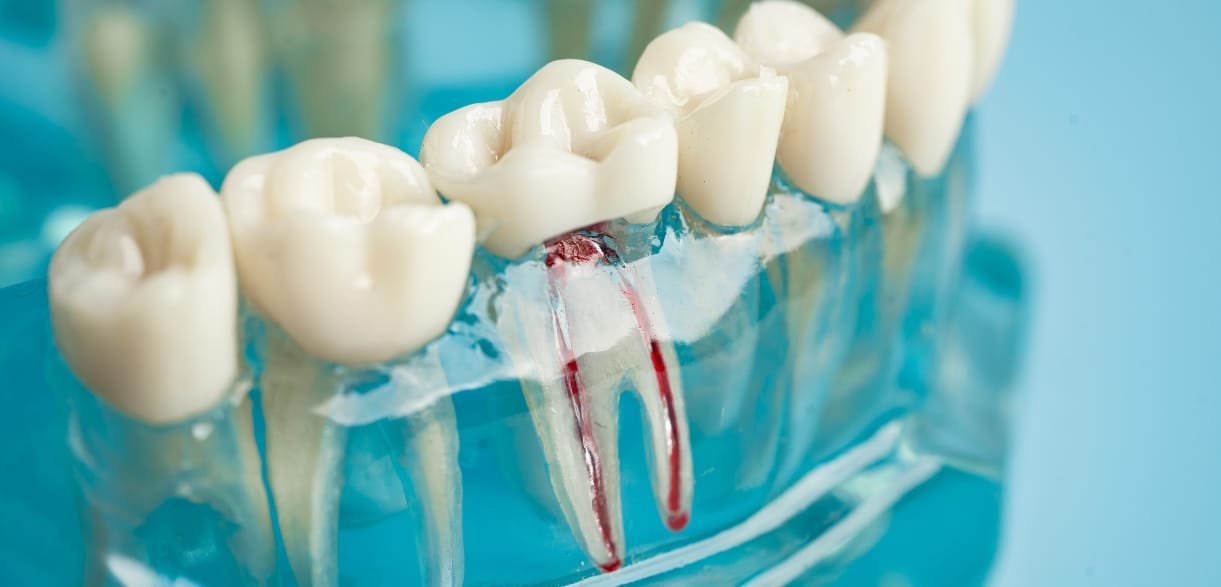
Are you in extreme pain because of an advanced tooth infection? This might happen when you keep ignoring these infections at their initial stage. Once it does reach the inner pulp, the bacteria start attacking your tooth roots, causing unbearable pain. During a dental emergency like this, the professionals might recommend root canal therapy.
Read this blog to learn about the steps of this procedure and how this emergency treatment can help you.
Why Emergency Root Canal Treatment Matters?
Have infectious bacteria already hit your pulp? If left alone, it can cause abscesses, swelling, and even loss of your natural tooth. This emergency procedure can serve as a lifeline, removing the infected tissue. It can also save you from irreversible dental damage.
It can be your best chance to save your smile and prevent more invasive procedures such as extraction.
Identifying the Dental Emergency Red Flags
Understanding when to visit an emergency dentist can be lifesaving. Look for these signs:
- Severe, persistent pain in your tooth that cannot be treated even with painkillers.
- Persistent sensitivity to hot or cold food and beverages
- Swollen or sore gums surrounding the troubled tooth
- A small, pimple-like bump on your gum that indicates infection
- Distinct darkening or discoloration of the tooth
Ignoring these signs will only worsen your problem.
What Happens During An Emergency Root Canal?
The idea of a root canal treatment in Midwest City may make you nervous, but the experience is much less scary. Here’s a step-by-step explanation of what happens during the procedure:
- The dental professionals start by applying local anesthesia to the infected region. This makes the whole procedure painless. You will feel only a minor sting as the anesthetic kicks in.
- A thin plastic sheet known as a dental dam is fitted around the damaged tooth to isolate the region and prevent saliva from entering. This gives dentists a dry and clean working area.
- Special tools are used to drill a small hole into the crown of your tooth, providing access to the infected pulp chamber.
- The dentists will extract the infected pulp inside your tooth and clean the root canals, rinsing out bacteria and debris with antimicrobial solutions.
- After the cleaning procedure, the vacant canals are then filled with a rubbery substance known as gutta-percha to fill the gap and avoid reinfection.
Typically, the procedure is done in one or two appointments. Finally, the natural-looking crown is placed to restore your tooth’s health and appearance.
Aftercare and What to Expect Next
After your emergency root canal, you can experience some tenderness and pain, but it should fade within a few days. The emergency dentist who performed the procedure might suggest over-the-counter pain medication.
They might caution you against hard or sticky foods until your tooth is completely restored. You might have to go for a follow-up visit to install a permanent crown or filling, so your tooth stays protected and functional in the years to come.
Have you been ignoring a nagging toothache for some time? Ignoring it may result in complications that are much more painful and expensive. If you experience any dental emergency red flags, contact a dentist immediately for an emergency root canal. Early intervention can save your tooth and avoid unnecessary pain.
Are you ready to preserve your natural tooth structure? Schedule a consultation today to undergo the treatment.


